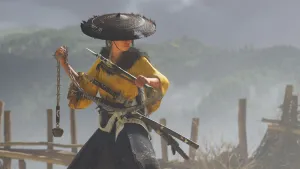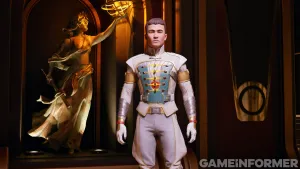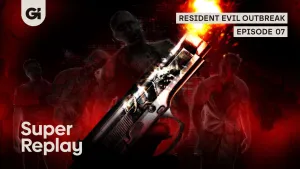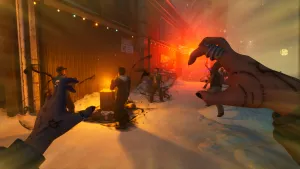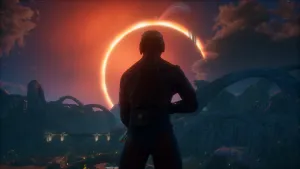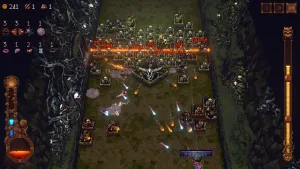Blizzard's Accessibility Blitz

Blizzard is known for its trifecta of popular franchises – Warcraft, StarCraft, and Diablo. With Hearthstone: Heroes of Warcraft and Heroes of the Storm tapping into these IPs and expanding the Blizzard portfolio to new genres, Blizzard and Battle.net are in a great place for one-stop gaming.
Within the Blizzard suite, players can now (or shortly, in the case of Heroes of the Storm) play a MMOPRG, ARPG, RTS, DCG, and MOBA-like all under one roof. The unifying aspect here, with the possible exception of StarCraft, is these games are all incredibly accessible. DCGs and MOBAs especially can be challenging, daunting, and even potentially unwelcoming experiences for new players, but Blizzard’s take on these genres aims to be as inviting as possible while still maintaining competitive aspects.
Heroes of the Storm eliminates item builds and last-hitting from the mix, opting for shared team experience and a focus on completing secondary objectives to get an edge over the opposing team. Creep camps and jungles are no longer major sources of gold to farm, but are actually used as a lane-pushing device. Team fights are driven by map goals – even though your team may be split up in a Haunted Mines match, when the mines open the lanes players are more or less “forced” to converge underground to contest the valuable push-power in a team brawl.
Hearthstone removes complicated resource mechanics from the mix and simply gives players one additional mana to work with a turn. This eliminates the need for resource cards, allows the game to work with smaller 30 card decks, and ensures that players will likely be able to play a good number of their cards during any given match. This is accentuated by the addition of hero powers, which gives players something to do even if all other options are exhausted or too expensive.
While these new properties have almost certainly been developed with accessibility in mind, World of Warcraft has morphed over the last few years into a new kind of accessible beast. Leading the way in some of the genre’s advancements with things like the dungeon finder tool and the raid finder tool, players can jump right into group experiences with little to no effort. Players who don’t want to group can obtain incredibly powerful gear on the open-ended Timeless Isle zone.
While some core MMORPG players have decried a number of these changes, as most players can complete the top-end raids through the raid finder system and be almost on par with guilds completing the encounters with traditional raid groups, opening the content up to everyone to enjoy has been a big push toward accessibility in a genre that once included camping boss locations for over 24 hours to ensure that your guild got the boss tag and loot.

Even Diablo III has made some sweeping accessibility changes in a genre that has a traditional low barrier to entry. By not locking players into skill-point allocations and adding a difficulty system where the player determines how hard they want things to be, players can choose to take on the forces of darkness as a casual, relaxing low-impact jaunt or a hyper-challenging death race.
StarCraft is the odd one out here, as the classic RTS does not lend itself to an accessible format. Zerg rushes and 4-gate builds, resource management, and scouting for information is tougher for new players to get into.
With everything folding into the new Battle.net client, which has a friend list and social features where you can check out what your friend is doing in what game and when, it’s quickly becoming a hotspot to get a gaming fix across many genres. What’s next? Maybe we’ll find out this year at BlizzCon.

Get the Game Informer Print Edition!
Explore your favorite games in premium print format, delivered to your door.
- 10 issues per year
- Only $4.80 per issue
- Full digital magazine archive access
- Since 1991

